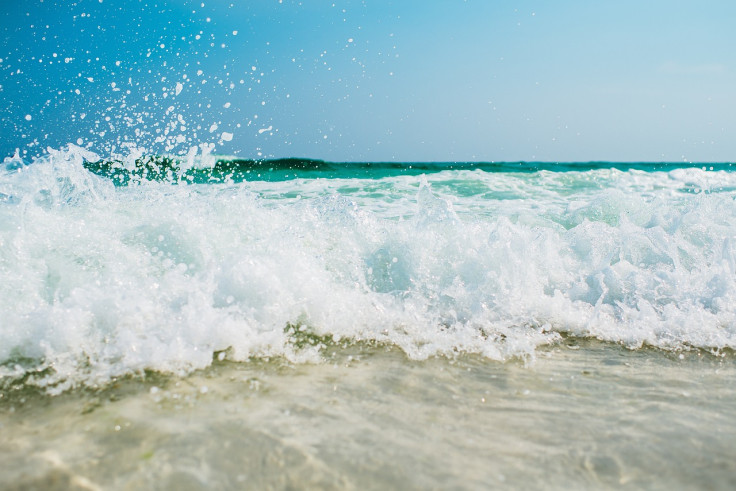Why A Blob-Like Creature That Washed Ashore In Texas Is Dubbed A 'Not-So-Welcome' Visitor [Photo]

KEY POINTS
- A spotted blob washed ashore in Texas recently
- Australian spotted jellyfish are considered invasive in the Gulf of Mexico
- They can deplete resources of marine life and clog up fishing nets
A strange blob-like creature washed ashore in Texas recently. Though the mildness of its venom barely poses harm to humans, the creature still isn't quite welcome in the area for the devastation that it may cause.
Padre Island National Seashore shared a photo of the blob-like mass on Facebook on Friday. The creature, which was covered in spots, was spotted on North Beach. It was identified as the Australian Spotted Jellyfish (Phyllorhiza punctata), otherwise known as the brown jellyfish or white-spotted jellyfish.
This Australian Spotted Jellyfish (Phyllorhiza punctata), was recently spotted on North Beach here at the national seashore. Also known as the brown jellyfish or white-spotted jellyfish, it is native...
In the photo the park shared on social media, one can see the jellyfish laying on the sandy shore looking already quite flat. However, these creatures can actually be quite big as they can reach 20 inches across — a size that could certainly spook anyone who may encounter it in the water.
Despite having venom, the creatures aren't considered to be a threat to humans because of their venom's mildness.
"In fact, their venom is so weak they can't use it to stun prey," the national park noted. "Instead, they are filter feeders and eat tiny microorganisms called zooplankton."
That doesn't mean they're completely harmless. Native to the western Pacific region from Australia to Japan, Australian spotted jellyfish are considered to be invasive in the Gulf of Mexico. They have been present in the area since 2000, when they reportedly "decimated" the fishing industry in the region.
With their numbers in the millions at the time, they ended up clogging fishing nets and were so densely packed that some observers reportedly claimed it was possible to walk on top of them. Further, in large groupings, they consume so much zooplankton that they deplete the resources of local marine life.
"Gulf fisheries have been affected by P. punctata for the following reasons: they eat larval fish, compete with suspension feeding fish & shrimp for food, and they clog the fishing nets," noted the Texas Invasive Species Institute.
While the Australian spotted jellyfish may not be of particular harm to the people who might encounter them, their presence in the area may be damaging the environment around them.
"While interesting to look at, the fact that these jellies deplete resources for local wildlife, makes them a not-so-welcome visitor here!" said the Padre Island National Seashore.
If anyone finds an Australian spotted jellyfish washed ashore, just leave them be as they would likely dry out and die "rather quickly," the park said.
© Copyright IBTimes 2024. All rights reserved.






















